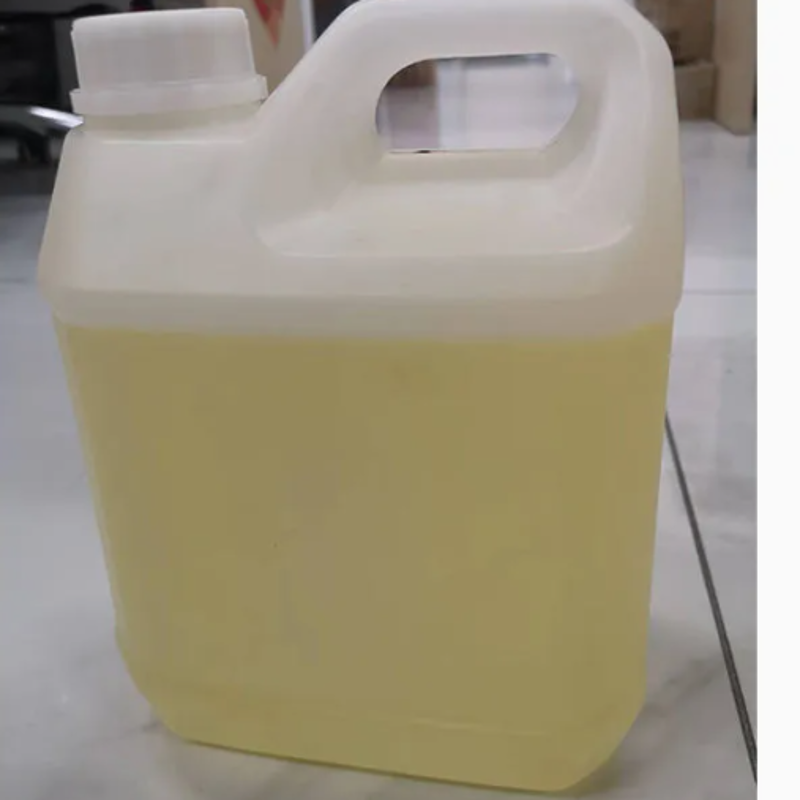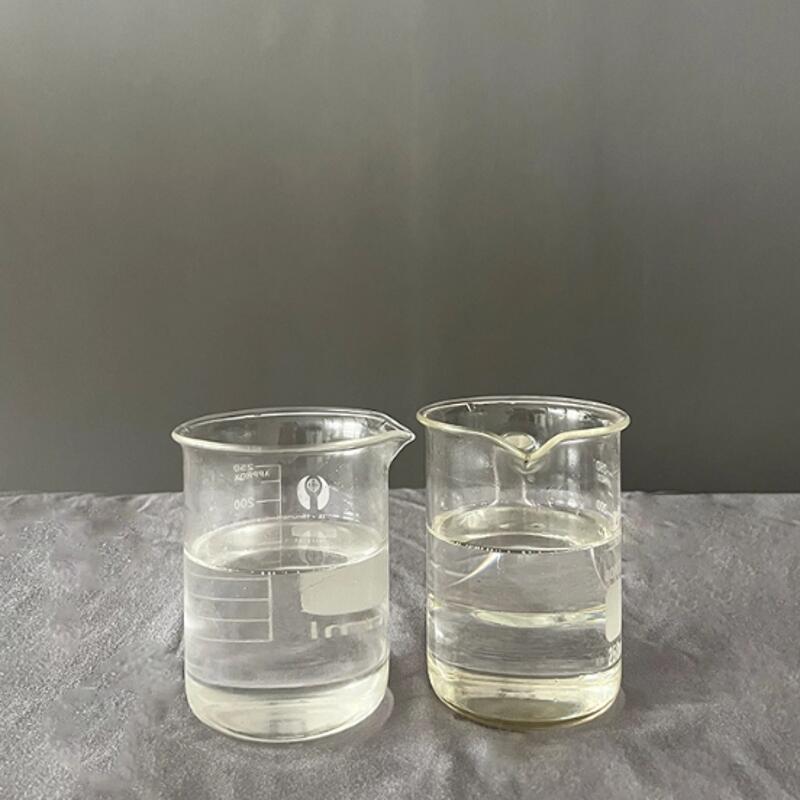-
Categories
-
Pharmaceutical Intermediates
-
Active Pharmaceutical Ingredients
-
Food Additives
- Industrial Coatings
- Agrochemicals
- Dyes and Pigments
- Surfactant
- Flavors and Fragrances
- Chemical Reagents
- Catalyst and Auxiliary
- Natural Products
- Inorganic Chemistry
-
Organic Chemistry
-
Biochemical Engineering
- Analytical Chemistry
-
Cosmetic Ingredient
- Water Treatment Chemical
-
Pharmaceutical Intermediates
Promotion
ECHEMI Mall
Wholesale
Weekly Price
Exhibition
News
-
Trade Service
As urbanization drives the development of autonomous driving technology and the widespread adoption of advanced driver assistance systems (ADA), automotive OEMs and suppliers are actively seeking high-performance materials to optimize today's higher frequencies (>75 GHz) , Millimeter wave (mmWave) radar device performance
.
To meet this need, SABIC is introducing two new materials - LNP Thermocomp WFC06I and WFC06IXP compounds - for the front and rear housings of next-generation radar devices, respectively
.
New glass fiber reinforced polybutylene terephthalate (PBT) grades have extremely low dissipation factor (Df) and dielectric constant (Dk), helping to support the transmission of high frequency radar signals
.
They also feature ultra-low warpage, allowing designers to create new, thinner housings for improved signal transmission
.
In addition, these new Sabic products support high-speed, high-precision laser welding, which facilitates efficient radar unit assembly
.
"Advance driver assistance systems (ADAS) are accelerating as the automotive industry develops new vehicle technologies aimed at alleviating traffic congestion and improving safety in expanding urban areas," said Joshua Chiaw, business management director, LNP & NORYL, Specialty Products at Sabic
.
Actively develop new materials to help ADAS designers achieve goals related to size and weight reduction, signal transmission accuracy and reliability improvements, and seamless integration with vehicles
.
We work closely with companies at all levels of the ADAS value chain to understand rapid changes and demanding requirements, and provide tailor-made high-performance material solutions to solve these problems
.
”
Many ADAS designers are adopting higher frequency millimeter-wave radar technology because its improved image resolution and greater range enable safer driving in a variety of conditions
.
However, frequencies in the 76 to 81 GHz band present greater transmission challenges than lower frequencies
.
To improve wave transmission, radomes require very low dissipation factor (Df) and dielectric constant (Dk), thinner walls, and a simplified design without support structures
.
Existing glass-filled PBT materials generally do not meet these transport optimization requirements; for example, their Df performance is greater than 0.
01
.
Additionally, as semi-crystalline polymers, they have a high tendency to warp when used in thin-walled parts without a support structure, potentially causing parts to fail during assembly, shipping, and use
.
SABIC's LNP Thermocomp material outperforms existing PBT materials in Df/Dk performance and warpage control, reducing the attenuation of electromagnetic waves passing through the radome to help improve image resolution and range
.
They also enhance transmission capability, minimizing signal beam shifts, resulting in improved image quality
.
In addition, the new LNP Thermocomp compound offers higher ductility for improved impact resistance and comparable moisture and chemical resistance to existing PBT materials
.
Laser welding is a fast and efficient process that can speed up production
.
Laser welding of plastic parts offers many advantages, including the ability to produce miniaturized and highly complex parts without the use of consumables such as adhesives and fasteners
.
Precise, strong soldering protects sensitive electronics from dust and moisture
.
SABIC's LNP Thermocomp WFC06I material for the radar front cover has a laser transmission rate of over 60%, which is 20% higher than the nearest competitor
.
Customers can use its wide laser window and low laser power to potentially increase yields
.
Another new grade - LNP Thermocomp WFC06IXP material - is used as an absorber layer for laser welding
.
Jenny Wang, Director of Specialty Formulations and Applications, Asia Pacific, SABIC, said: “To realize the full potential of automotive radar for assisted and autonomous driving, improvements in design, performance and production efficiency are required.
SABIC continues to break new ground in materials science with the goal of Addressing customer challenges in optimizing ADAS designs
.
Our new glass fiber-reinforced PBT materials help support the adoption of new technologies such as millimeter-wave radar with enhanced capabilities
.
”







